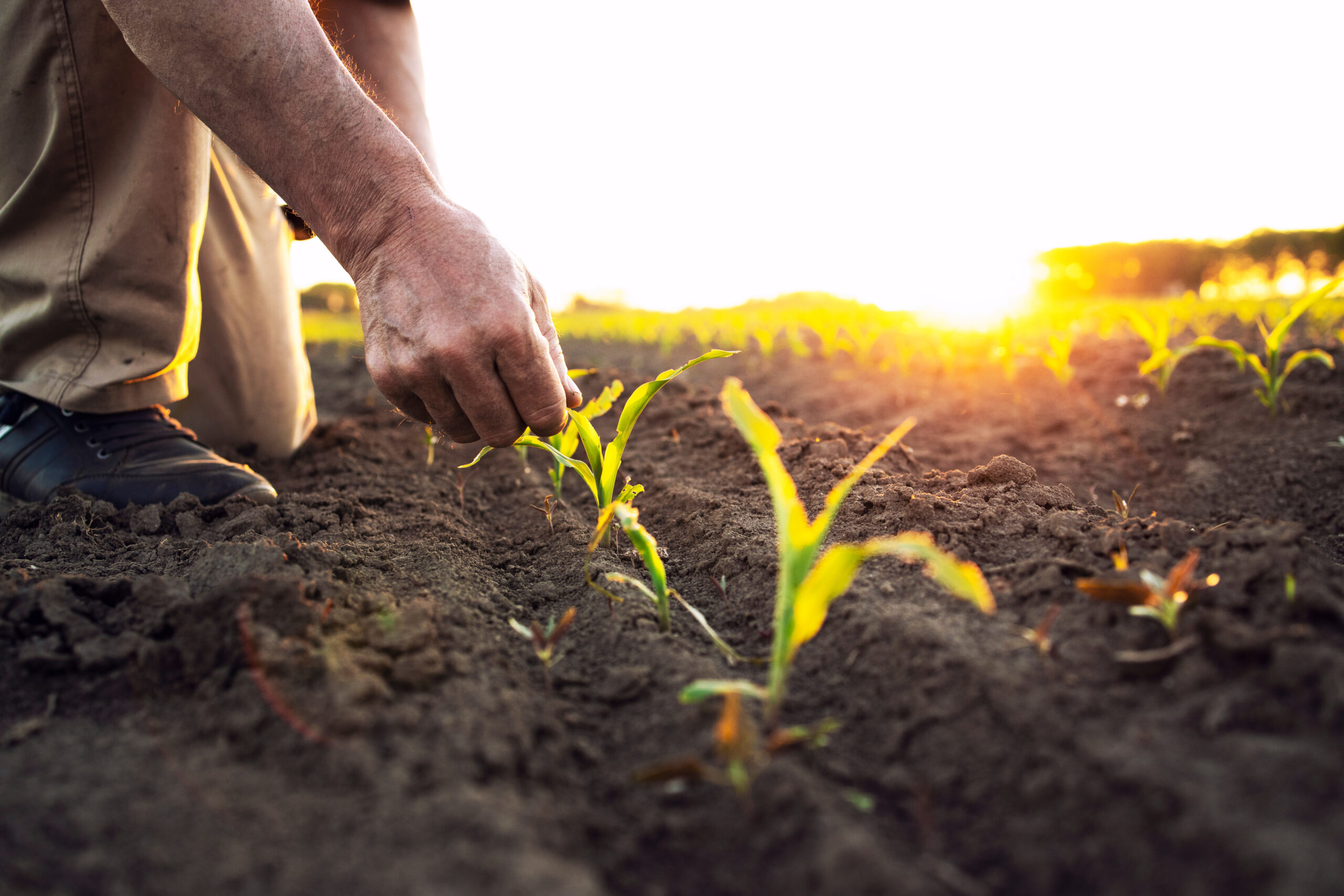Spring Planting Reflections: All is Well—At Least for Today
By Blake Hurst
It was a remarkable spring—the earliest start and finish to a planting season that I can remember. It was a spring of contrasting weather across our part of the Midwest, as 20 miles south of our farm in the farthest Northwest Corner of Missouri, our friends struggled to get a stand because of no rain in calendar year 2025. A few dozen miles further south, extreme weather and rain delayed planting until well past the normal date. It was one of the few springs that I finished planting much earlier than my friends in the Bootheel of Missouri. Or at least finished before they finished replanting, as thousands of acres were flooded by a storm of Biblical proportions.
At Hurst Greenery, we plant corn and soybeans in conjunction with our spring greenhouse season, which starts in earnest the third week of April. Whatever row-crop planting I don’t complete by April 15 is done on nights and weekends, as greenhouse deliveries take precedence over planting.
Unlike many of our neighbors, we’ve been slow to adapt to planting soybeans earlier than corn. This year, we got both planted early, so I’ll have a bit of personal experience about the benefits of planting soybeans in early April. We’ll see how it goes.
The rhythm of the season always feels rushed—planting, deliveries, more planting. It all runs together. Maybe that’s why it tends to be a blur. For example, I can’t remember anybody’s name. My wife, Julie, is often frustrated by a conversation that begins with me describing a mutual acquaintance’s physical characteristics, political views, the conversation between us the last time we met, and their pickup without being able to remember their name. She finds this wildly irritating. I don’t remember names, but boy do I remember past disasters in our personal and professional lives.
In late July of 1983, we were coming home from a driving trip. As we neared home, we tuned in the local radio station, which is located 20 miles north of our farm. They were happy, very happy, about a 3-inch rain the night before. This was well before the advent of cell phones, so I pulled into the next Casey’s store that I saw, bummed some quarters, and called my dad. “How much rain did we get?” “Enough to wet your shirt.”
I’ve had more disappointing conversations, but I will never forget how that news made me feel. We didn’t get any more rain during the growing season, and we raised absolutely nothing. To add insult to injury, we had a major flood in October that year when it was too late to help the crops. I had to use a four-wheel-drive tractor to transport the insurance adjuster to one abandoned field so he could zero-out the yield. Most of the field was under water, but he took our word for the fact that the low ground didn’t have any more beans than the ground we could see.
So, a successful planting season this year is a relief, but any old farmer knows that a good stand in June is a long ways from a successful harvest.
This year is more uncertain than most. One day during planting my sister-in-law sent me a video from Fox News. I opened it up on my phone to find the interviewer asking the Secretary of Agriculture about an article I had written discussing some of my reservations about our present trade policy. The Secretary was polite, but in no uncertain terms informed the interviewer that I was a flaming idiot. That raised some profound questions in my mind. Would corn planted by a farmer taken to the woodshed by a Secretary of Agriculture even come up? Thankfully, John Deere and Pioneer have insured that even mentally impaired farmers can get a stand.
So, we don’t know if it will rain enough. We don’t know if we’ll have a profitable market for the crops we do raise. And, we don’t know what tools will be available for us to farm in the future, as the government’s first Make America Healthy Again (MAHA) report has made clear.
I can’t predict the future, but I can do my best to enjoy the present. We’ve received nearly 3 inches of rain in the past week. The corn is dark green and inches taller every day, and I’m convinced that on still evenings you can hear it grow. Those early planted beans look great. All is well in my world, at least for today.
——————————
Blake Hurst is a farmer and writer from northwest Missouri, where he and his family raise corn, soybeans, and greenhouse crops at Hurst Greenery. A former president of the Missouri Farm Bureau, he’s known for his candid, insightful commentary on agriculture and rural life. Blake also serves on Stratovation Group’s Board of Advisors.

